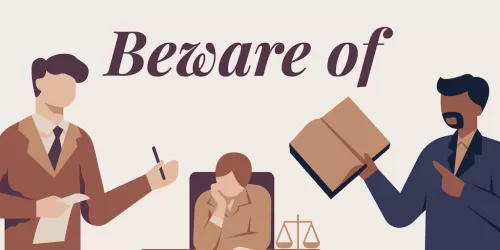What is KISD? The New Keyword in Education

What is KISD? The New Keyword in Education
Every year, new buzzwords appear in the world of education. One of the trending terms right now is “kisd.” But what exactly does it mean, and why is it gaining attention?

I just looked into this new word.
The Meaning of KISD
KISD stands for Knowledge, Innovation, Skills, and Development — four essential pillars of modern education:
- Knowledge: Building strong academic foundations and information literacy.
- Innovation: Encouraging creativity and new ideas.
- Skills: Gaining practical abilities that can be applied in real life.
- Development: Growing as an individual and as part of society.
Together, these form the concept of “kisd,” a holistic approach to learning.
Why is KISD Important?
Traditional education has often focused mainly on memorizing knowledge. But in today’s fast-changing world, that’s no longer enough.
- AI and digital society → Creativity and problem-solving skills are crucial.
- Global connections → Communication beyond basic knowledge is required.
- Personal growth → Education should support lifelong development.
This is why schools and educators are starting to use “kisd” as a guiding principle for new curriculums.
How to Apply KISD in Learning
Parents, teachers, and students can all bring “kisd” into everyday learning with simple steps:
- Connect knowledge to daily life (e.g., using math during shopping).
- Practice small challenges daily (e.g., asking one new question each day).
- Learn skills through experiences (e.g., cooking, coding, music).
- Track personal growth (e.g., keeping a journal or portfolio).
Final Thoughts
“Kisd” is more than just a trend. It’s a vision for the future of education, reminding us that true learning is not only about knowledge, but also about innovation, skills, and personal development.
By integrating kisd into our learning, we can help prepare children — and ourselves — for a brighter, more adaptable future.


